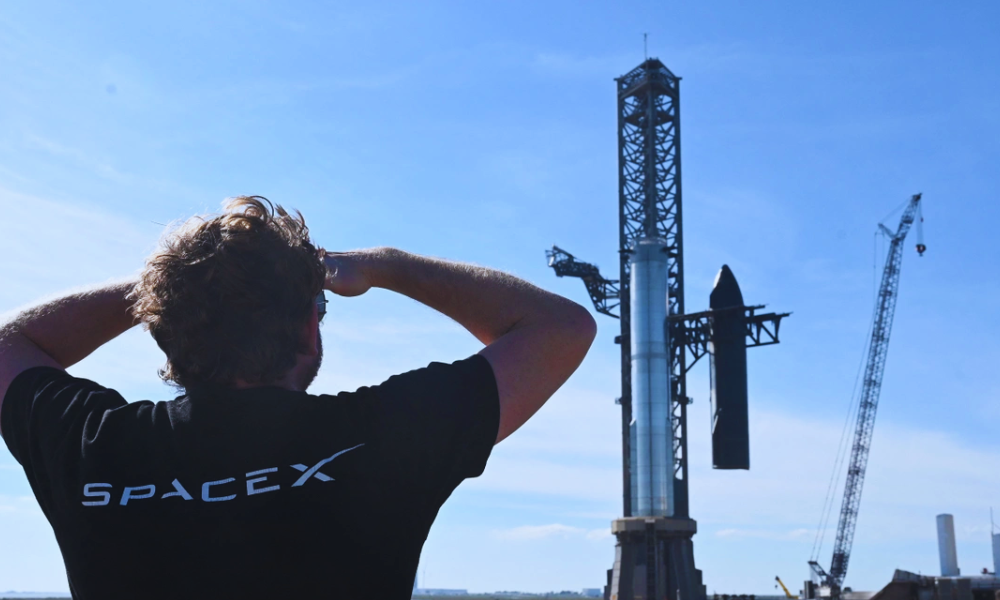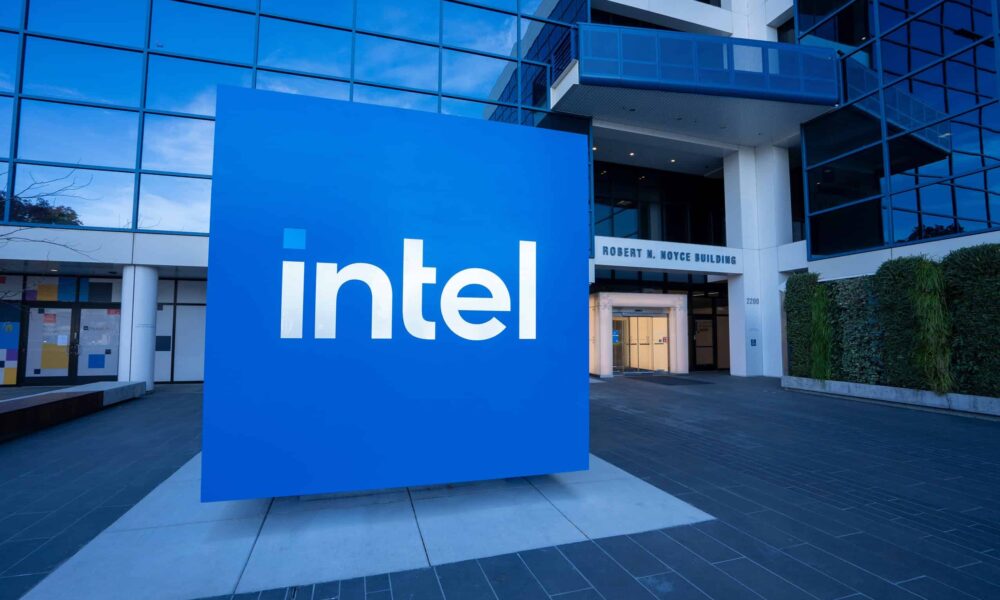While the Super Heavy booster had been designed to slow down its descent and control its landing, the fact that it was captured in mid-air by such precision mechanics is a testament to the incredible engineering and technological advancements SpaceX has made. The capture occurred when the booster was just moments away from landing, and the mechanical arm perfectly intercepted it before it could reach the ground.
This event demonstrated SpaceX’s growing capabilities in reusability, which is crucial for making space exploration more sustainable and affordable. The fact that the rocket could be safely caught mid-flight after completing its mission speaks volumes about the precision and reliability of SpaceX’s systems.
Reactions and Global Audience Response
The excitement surrounding this historic event was palpable during the live broadcast. Commentators on the livestream were visibly awestruck, exclaiming phrases like “This is absolutely unbelievable!” and “You’ve got to be kidding me!” These expressions underscored the enormity of the achievement and how far SpaceX has come in its journey to revolutionize space travel.
The live stream garnered a massive audience, with approximately 1.8 million viewers tuning in to witness the momentous occasion. However, as the Starship spacecraft achieved orbit, the viewership numbers soared even higher, eventually reaching a staggering 2.6 million viewers. This surge in viewership highlights the growing interest in space exploration and the appeal of SpaceX’s ambitious goals. The event captivated not only space enthusiasts but also individuals who were watching as part of a broader curiosity about the future of humanity’s ventures beyond Earth.
SpaceX has cultivated a large and dedicated following over the years, with millions of people around the world eagerly awaiting each new milestone. The company’s ability to generate excitement around space launches, particularly through its live streams, is a testament to its success in making space exploration feel more accessible and exciting to the general public.
Starship System: A Leap Forward in Space Exploration
The Starship system is undoubtedly one of the most advanced and ambitious space projects in history. It is the largest and most powerful rocket ever built, with capabilities far beyond any previous space launch system. What sets Starship apart, however, is its revolutionary design aimed at full reusability.
Unlike previous rockets, such as SpaceX’s Falcon series, which were only partially reusable, Starship’s design is intended to be fully reusable. This means that both the Super Heavy booster and the Starship spacecraft can be reused multiple times, drastically reducing the cost of space missions. This innovation represents a monumental step forward in making space travel more sustainable and economical. With the capability to reuse more components, SpaceX can significantly lower the cost of sending payloads into space.
Another key advantage of the Starship system is its enormous payload capacity. The Starship spacecraft is capable of carrying up to 150 metric tons of cargo—more than twice the payload capacity of the Falcon Heavy. This extraordinary capability makes Starship an ideal solution for launching heavy payloads, whether for scientific missions, satellite deployments, or even future human exploration missions to the Moon, Mars, and beyond.
Previous Captures and Challenging Tests
SpaceX’s journey to achieving this unprecedented mid-air capture has been paved with numerous challenges, failures, and lessons learned along the way. Since the company began testing the Starship system, it has encountered its fair share of setbacks. The first Starship test flight in April 2023 ended in a massive explosion, a failure that set the stage for future improvements. Despite the setback, SpaceX remained undeterred, with Elon Musk and the team emphasizing that failure was an integral part of the company’s process and philosophy.
In November 2023, the second test ended in another failure, though SpaceX continued to analyze the results and refine the design of the Starship system. By March 2024, SpaceX achieved a significant milestone when the Starship successfully reached orbit. However, the spacecraft was lost shortly thereafter, highlighting that there was still much work to be done.
June 2024 saw the fourth test flight, which marked notable progress. The Super Heavy booster successfully landed softly in the Gulf of Mexico, and the Starship executed a controlled reentry. While this was a step in the right direction, there were still areas that required further development.
However, the fifth test flight, which culminated in the mid-air capture of the Super Heavy booster, represents a monumental leap in the development of the Starship system. It is clear that SpaceX’s philosophy of embracing failure as part of the iterative process has paid off, as the company has learned from each setback and gradually perfected its design.
The Importance of Learning from Failure
SpaceX’s willingness to take calculated risks and learn from its failures has been one of the key factors in its success. While many companies may shy away from failures or attempt to cover them up, SpaceX has openly embraced them as opportunities for improvement. The company’s culture of experimentation, coupled with its willingness to fail and iterate quickly, has allowed it to make rapid progress in the development of the Starship system.
One of the most significant aspects of SpaceX’s approach is its ability to turn failures into learning experiences. By conducting thorough analyses of failed tests, SpaceX has been able to identify weak points in its design and engineering processes and make necessary adjustments. This iterative approach has allowed the company to refine its systems and gradually build a rocket system capable of achieving unprecedented feats.
The Future of SpaceX and Starship’s Impact
With this recent milestone, SpaceX is closer than ever to realizing its vision of revolutionizing space exploration. The ability to capture rockets mid-air and reuse multiple components of the Starship system will drastically reduce the cost of space missions, making space travel more accessible to governments, businesses, and individuals alike.
This achievement also paves the way for even more ambitious missions in the future. SpaceX has set its sights on sending humans to Mars, with Elon Musk frequently emphasizing the importance of building a sustainable human presence on the Red Planet. With the Starship system, which is designed to carry large payloads and passengers, SpaceX is positioning itself as the leading contender for interplanetary exploration.
In addition to its space exploration ambitions, the Starship system has the potential to revolutionize the global communications industry. SpaceX’s Starlink project, which aims to provide high-speed internet access to remote areas around the world, will benefit significantly from the enhanced capabilities of the Starship system. The ability to launch more satellites with greater payload capacity will expand the reach and effectiveness of Starlink, bringing internet access to underserved regions of the world.
The future of space exploration looks incredibly promising with SpaceX at the helm. By continuously pushing the boundaries of what is possible, the company is transforming the space industry and opening up new possibilities for the future of humanity’s place in the cosmos.
Conclusion
SpaceX’s latest achievement, the successful mid-air capture of the Super Heavy booster rocket, is a landmark moment in the history of space exploration. This event, combined with the company’s other accomplishments, underscores the tremendous potential of the Starship system and the continued innovation that SpaceX brings to the table. As the company moves closer to its ambitious goals of interplanetary travel and expanding access to space, it continues to inspire the world with its bold vision and relentless pursuit of progress. With each milestone, SpaceX proves that with innovation, perseverance, and a willingness to learn from failure, the impossible can indeed become a reality.



